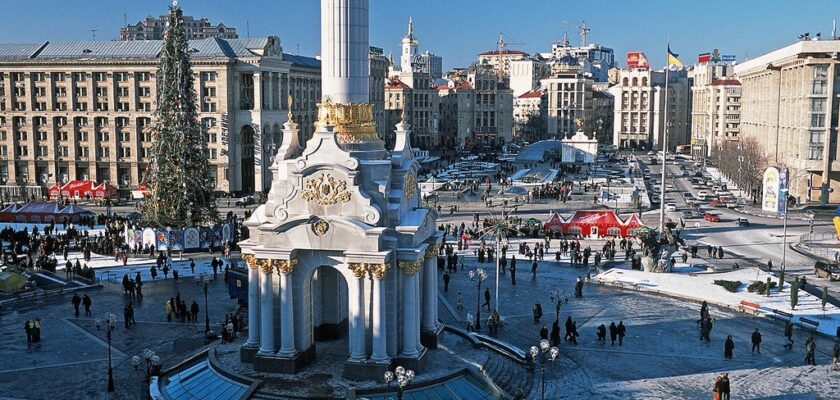Maidan Nezalezhnosti
Maidan Nezalezhnosti (Independence Square), located in the center of Kiev, is rightfully considered the heart of the Ukrainian capital. It is also the main square of Ukraine and, as the recent history of the country shows, the place where the vector of the state’s development is radically changed through thousands of citizens’ protests. It was so in 2004, when Viktor Yushchenko won the third round of the presidential election as a result of the so-called Orange Revolution. So it happened in 2013-2014, when the result of months of protests – “Euromaidan” – was the flight of President Viktor Yanukovych and the rise to power of the political forces opposing him (these events in today’s Ukraine are officially called the “Revolution of Dignity”).
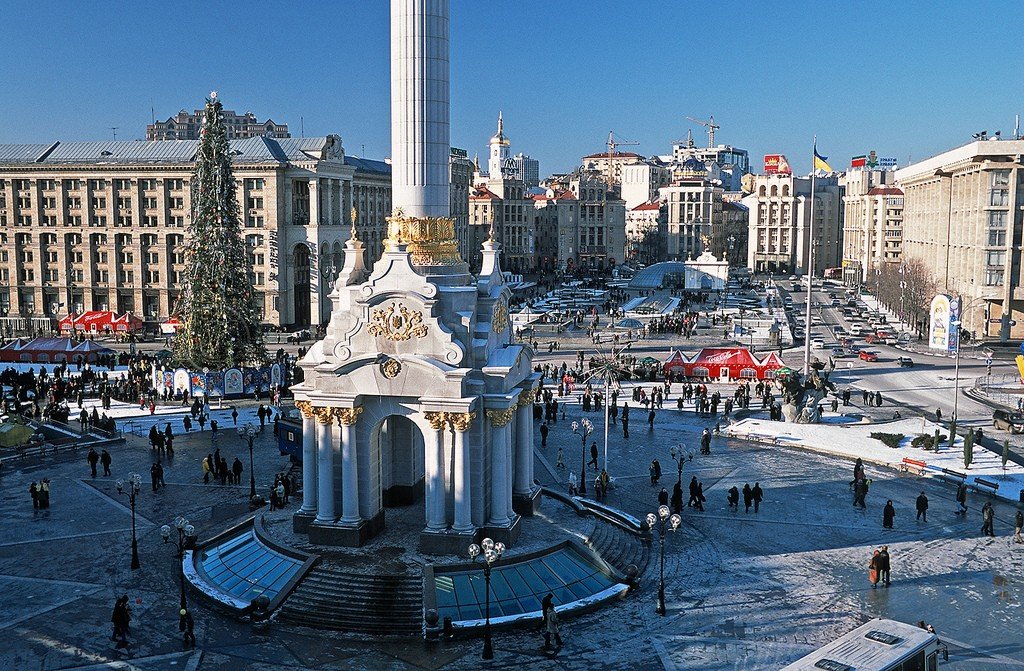
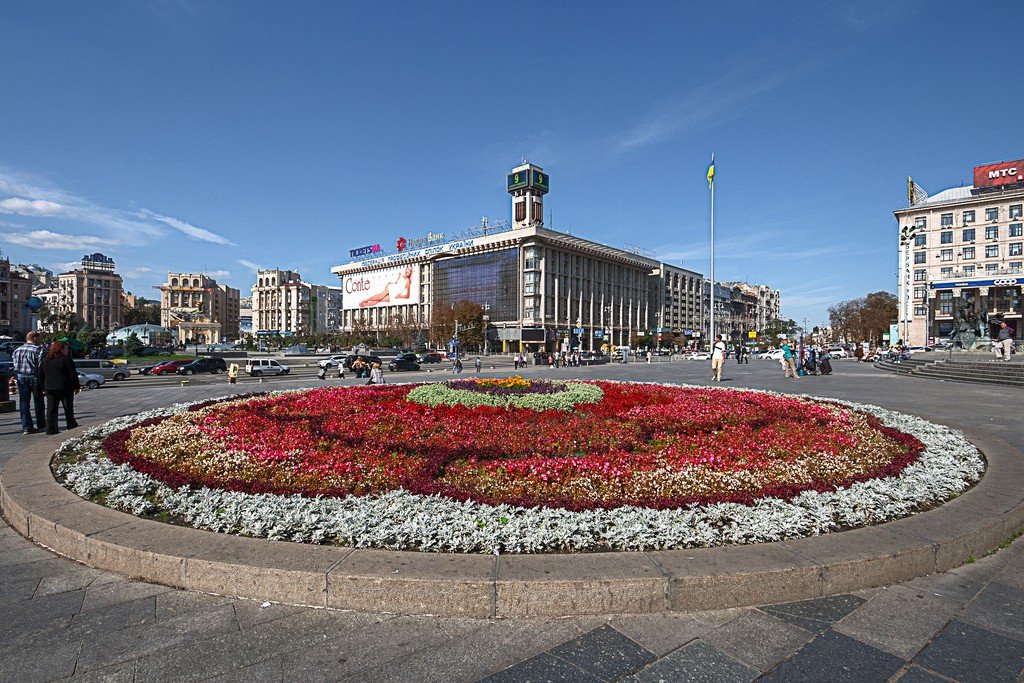
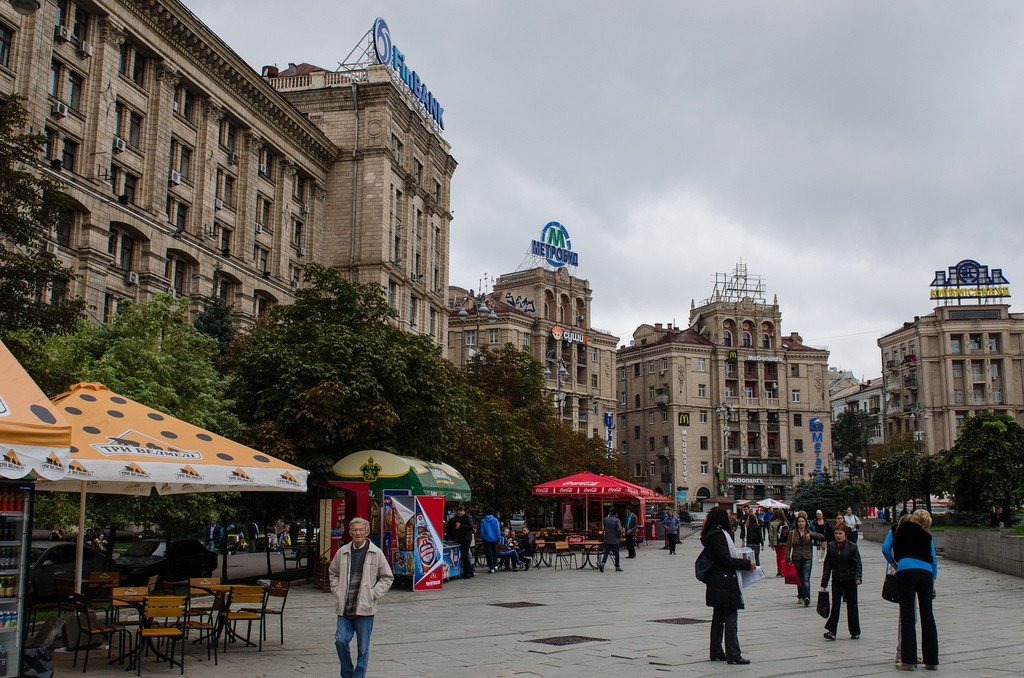
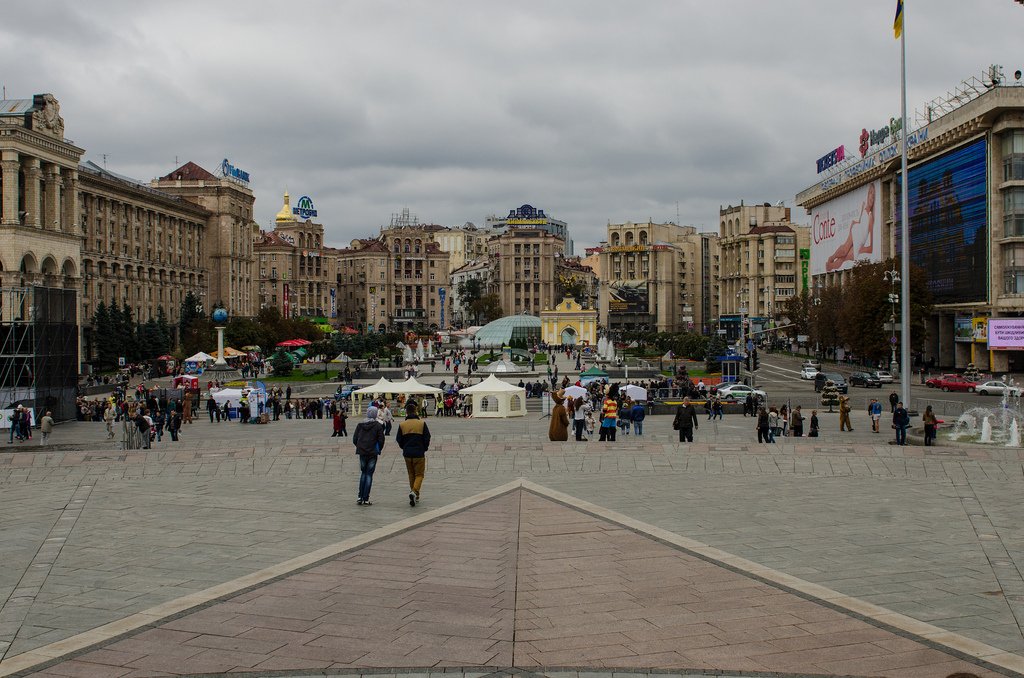
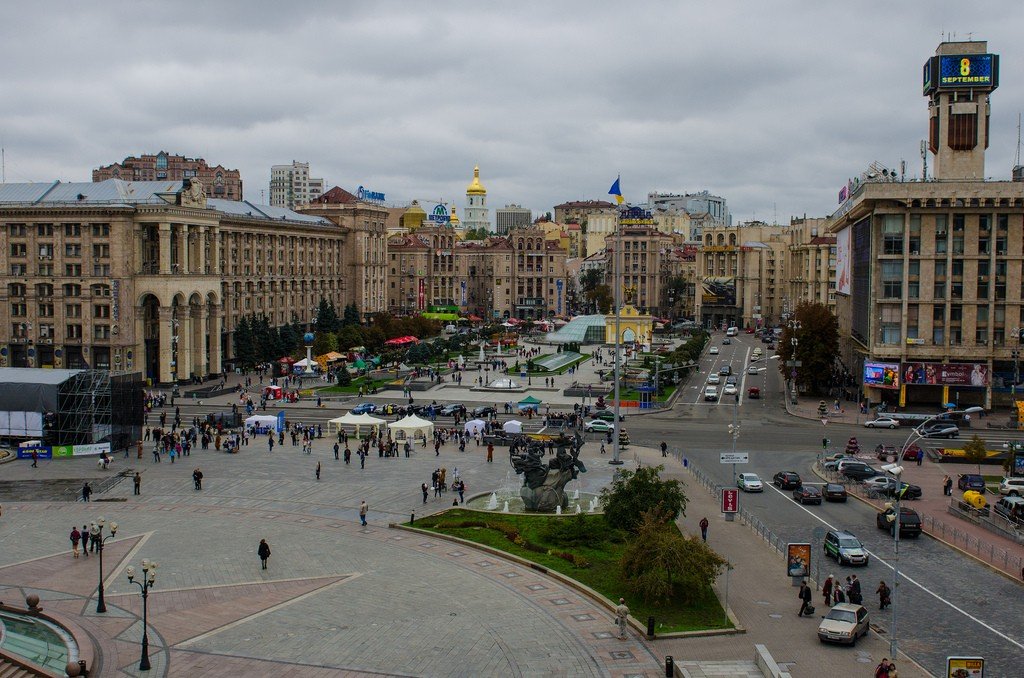
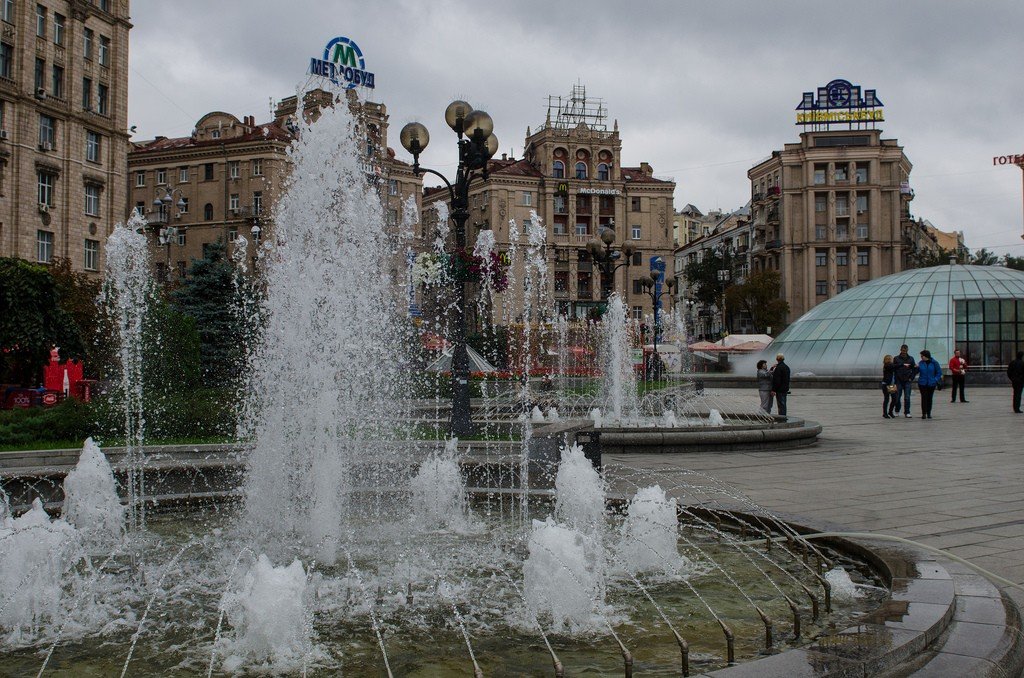
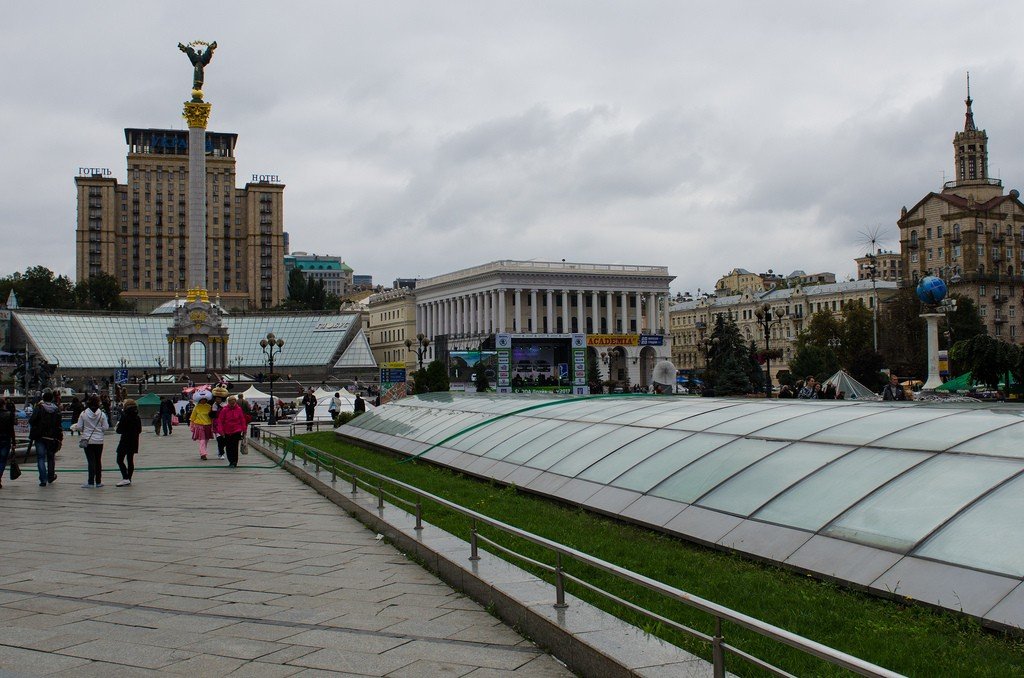
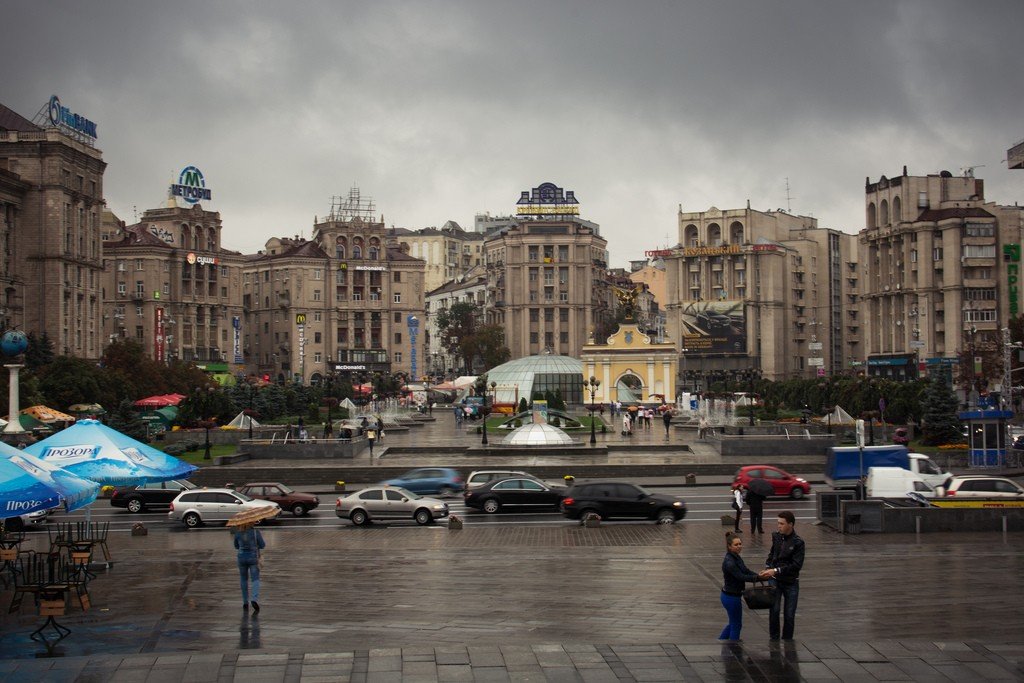
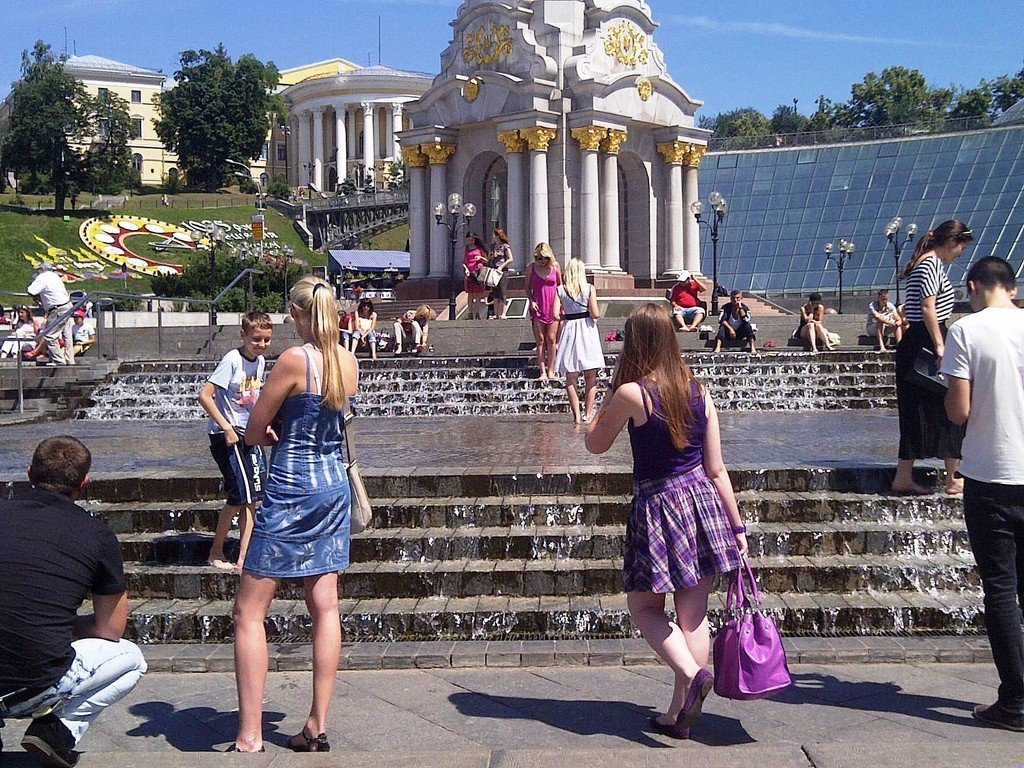
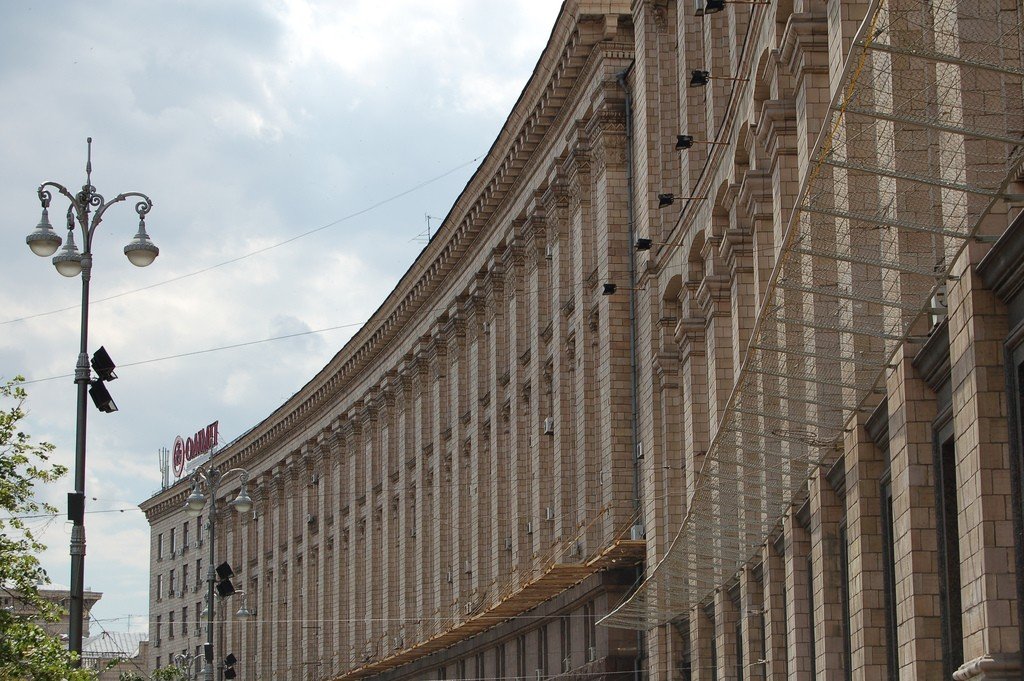
Highlights
The central square of ancient Kiev has known quieter times, when there was no place for politicians and protesters, but architects, builders and artists realized their ideas. Thanks to their efforts and talent, Maidan has acquired unique features in its architecture, looking at which you can mentally transport yourself to one or another era. Therefore, it is not surprising that tourists like to visit here, and not all of them are interested in the political battles of the recent past. Guests of the Ukrainian capital get acquainted with the sights of Independence Square, walk around, take pictures. But most importantly, all the main national holidays and public festivals are held here, which gather tens of thousands of people – both Kiev citizens and guests of the city – in the open air.
.Maidan Nezalezhnosti is located between the main thoroughfare of the capital – Khreshchatyk, as well as Sofiyivska, Mykhailivska, Institutska, Malaya Zhytomyrska, Kostyolna, Architektor Gorodetskyi and Borys Hrynchenko streets.
.History
The area on which today’s square stands was deserted and was called Perevesishche or Goat Swamp until the 10th century. The name came from the Old Slavic nets for catching animals – perevezeshchy. In the time of Yaroslav the Wise, defense structures were built here, from which by the XVIII century almost nothing remained, and in history this area was mentioned only as a swamp.
.
Since the second half of the XIX century, the square, called Khreshchatytskaya, was taken by traders, and it was a large market, on holidays became a place for theatrical performances and folk festivities. The full-fledged formation of the future Maidan began with the construction of the State Duma building in 1876, which predetermined the new name – “Duma Square”. Only it was fixed for a short period by historical standards: with the Bolsheviks coming to power in Ukraine in 1919, it became Soviet Square.
.
In 1935 another renaming took place, already in Kalinin Square: the new name was retained until 1977. Only for a short time, in 1941-1943, it was called September 19 Square. From 1977 to 1991, it was called October Revolution Square.
.The square received its modern name – Maidan Nezalezhnosti – in 1991, when the former Ukrainian SSR declared its independence. In 2001, it was reconstructed, with the Lenin monument removed and replaced by the Column of Independence (more on this attraction below).
.
Attractions
In the center of Maidan is a monument commemorating Ukraine’s gaining independence after the collapse of the Soviet Union. It is a massive monument, on top of which is the figure of Bereginya – a beautiful girl in national dress, standing on a globe and holding a branch of the calamus tree, symbolizing freedom and state sovereignty. The author of the Column of Independence of Ukraine – that is the full name of this monument – is Anatoly Vasilyevich Kushch. On the other side there are six fountains, as well as constructed glass pavilions, through which opens a passage to the underground part, where expensive stores and boutiques are located; there is even an underground cafe.
.
But back to the monument. The weight of the bronze girl reaches 20 tons (this is with a total height of 62 meters), so to hold her inside the monument is a huge pendulum, capable of damping earth vibrations and other external influences. For information: when creating such a grandiose work used the experience of the 80’s, the embodiment of which was the appearance on the right bank of the Dnieper the most majestic and tall monument-sculpture “Motherland.”
.From any point of the square is clearly visible the building of the hotel “Ukraine”, which has become one of the visiting cards of Maidan. At one time, in the 1960s, it was the tallest building in Kiev and the second tallest in the whole country. Construction began during the reconstruction of Khreshchatyk (1954) under the leadership of Anatoliy Dobrovolsky. At the beginning of the XX century, a high-rise house was erected on Institutska Street, on which the hotel was built. It was called “Ginsburg Skyscraper”, included 11 floors and 94 apartments, in one of which lived the owner himself. During the Great Patriotic War the building was blown up, and only in 1953 it was decided to build a high-rise hotel “Moscow”. It received its current name – “Ukraine” – only in 2001.
.October Palace is a magnificent project of architect Beretti, realized in the period from 1838 to 1842. The building was intended for the Institute of Noble Maidens and had three floors. From the premises we will single out a library, a hospital, bedrooms and a cellar for storing food and medicines. In 1930 in the palace were executed terrible sentences of the NKVD: its basement rooms were converted into rooms for interrogation and torture. In these walls, however regrettable, many innocent souls were tortured. The Great Patriotic War left its imprint: the palace was destroyed. It was raised from the ruins by ordinary Kiev citizens who came here after work, students after studies and many other people who cared. By 1957, the October Palace was restored and opened. The concert hall had more than 2000 seats, so since 1970 it was used not only for grand concerts, but also for party meetings. Today, amateur groups are practicing in the palace.
.Among the architectural monuments on Independence Square, which survived the Great Patriotic War, one can not fail to mention the restored landmark of ancient Kiev, namely Lyadskie Gate. They were part of the defense structures, and the road from them led to the Old City. In the annals they are mentioned as a gate “to the land of the Pechenegs”. The latter almost completely burned and destroyed them in 1240. The annals say that it was the Lyadskie gate that was the weak point of Kiev’s defense.
.The Kiev Conservatory or (officially) the Tchaikovsky National Academy of Music of Ukraine is located on Architektor Gorodetskyi Street. Its building, which also belongs to the architectural landmarks of the main square of the country, was built in the 90s of the XIX century. At that time it was the Continental Hotel. The conservatory proper was opened here in 1913, its organization was promoted by composers Sergei Rachmaninoff, Alexander Glazunov and, of course, Pyotr Tchaikovsky.
.
The old building of the Kiev main post office, now belonging to the state postal service enterprise “Ukrposhta”, also deserves attention. There is a real story connected with it, which took place in the XIX century: the city police department recorded in its walls the first case in Europe … poltergeist. In 1989, a tragedy occurred: the portico of the colonnade collapsed over the entrance to the operating rooms, which led to the deaths of 11 people – they were hiding under it from the drizzling rain.
.Maidan Nezalezhnosti is also home to the House of Trade Unions, the Kazatskaya Hotel, the International Culture Center, and the Globus shopping center (the latter in its underground part). It became, by the way, the first underground shopping center in the country. The developer of the center even planned to build a real garden on its roof, but bureaucracy prevented the realization of his plan: he simply did not have enough signatures of the city administration officials on the permitting documents. At the entrance to the Globe, at the Glavpochtamt and the monument to the lanterns in love, which has become a modern decoration of the square, Kiev citizens traditionally make dates. The author of the latter is the capital’s blacksmith Vladimir Belokon. Kiev citizens and tourists like this work of avant-garde art so much that almost every five minutes someone takes a photo near it.
.
The building of the National Philharmonic, formerly called the Kyiv State Philharmonic, is located next to Maidan. During the war years, on the contrary, it survived, as it appealed to German officers who spent their leisure time here. Despite the fact that the building was not bombed, it was still in poor condition and it was planned to be demolished. But thanks to the resistance of Kiev citizens this was not done, because the Philharmonic Hall had the best acoustics at that time. It resumed its work in 1944, but with great difficulty, because all the music archives during the war were ordered to be burned so that they would not go to the enemies. In 1980 the building suffered several accidents and all the archives collected after the war were flooded. It was only by 1996 that the Philharmonic was restored and reopened.
.Kyiv Academic Puppet Theater, the oldest in modern Ukraine, was also not affected by the war. It is located at 1-a Hrushevskogo Street, next to the Maidan. The original architecture of the three-storied building, giving it a resemblance to a beautiful castle from a fairy tale, pleases the eye of even the most sophisticated tourists. The theater has two halls: a large one for 300 spectators and a small one for 100. The theater has its own museum with antique puppets.
.How to get there
Maidan Nezalezhnosti is divided into two parts by the central street of Kiev – Khreshchatyk. You can get to the square by subway, getting off at the station of the same name.
.
Not only Maidan, but also Khreshchatyk on weekends turns into a pedestrian zone. Citizens and numerous tourists stroll here with pleasure..
